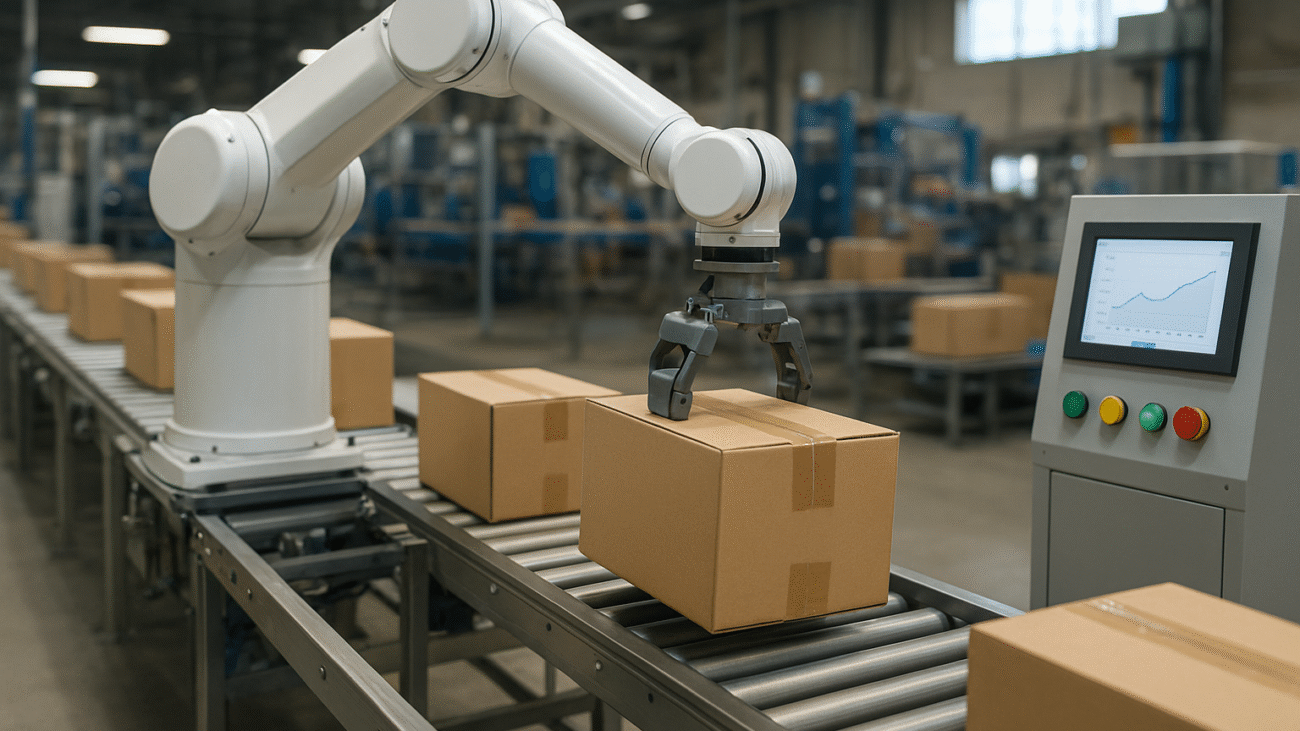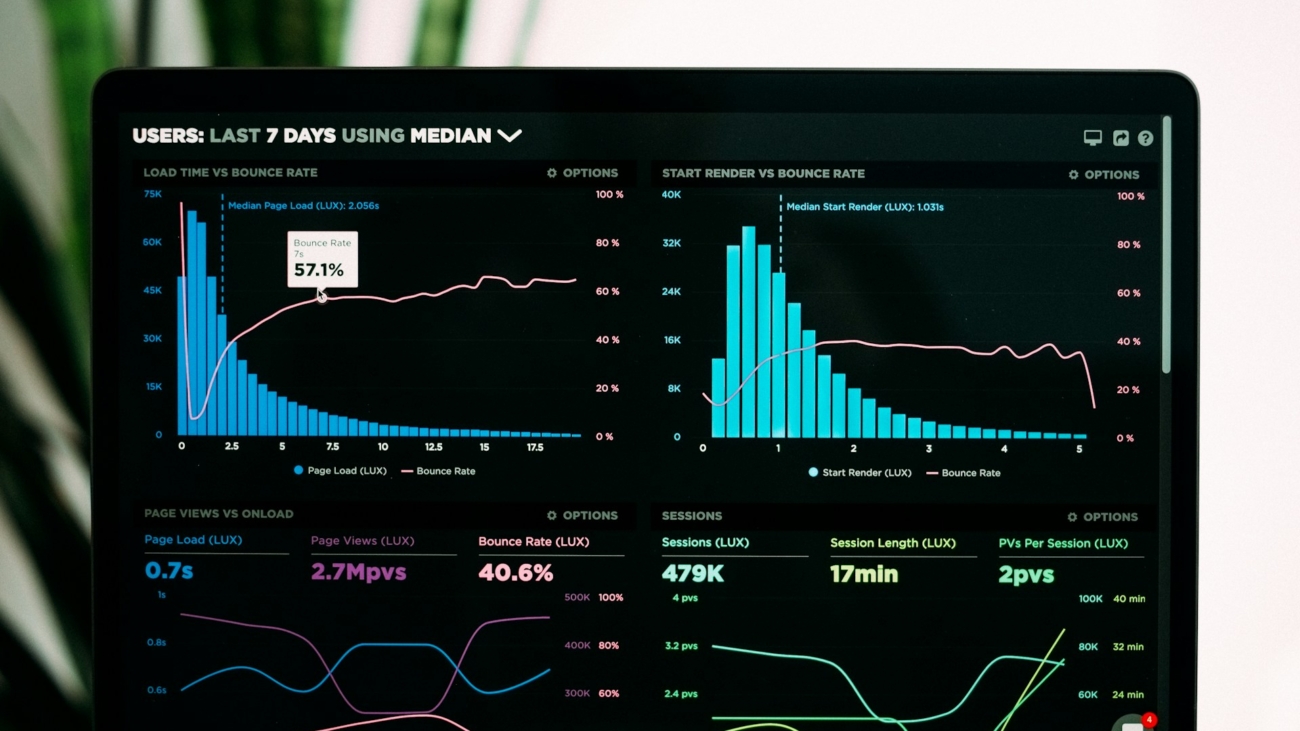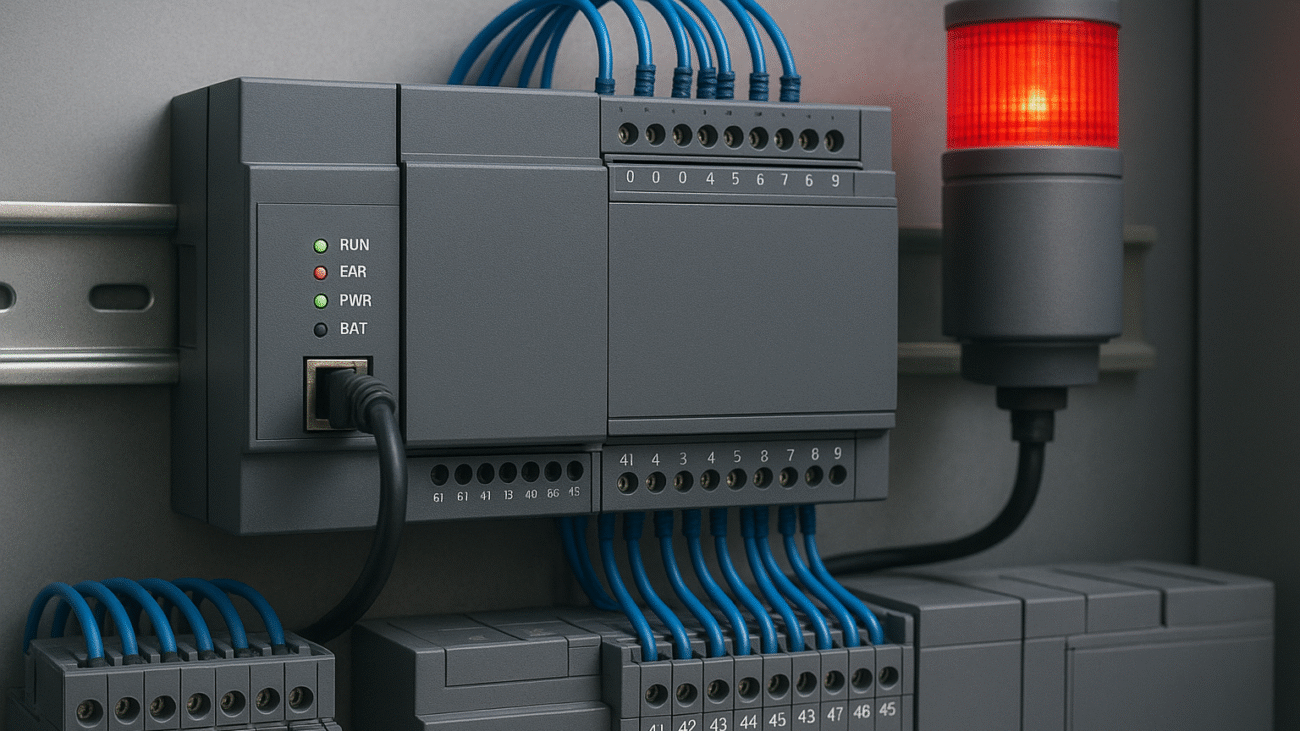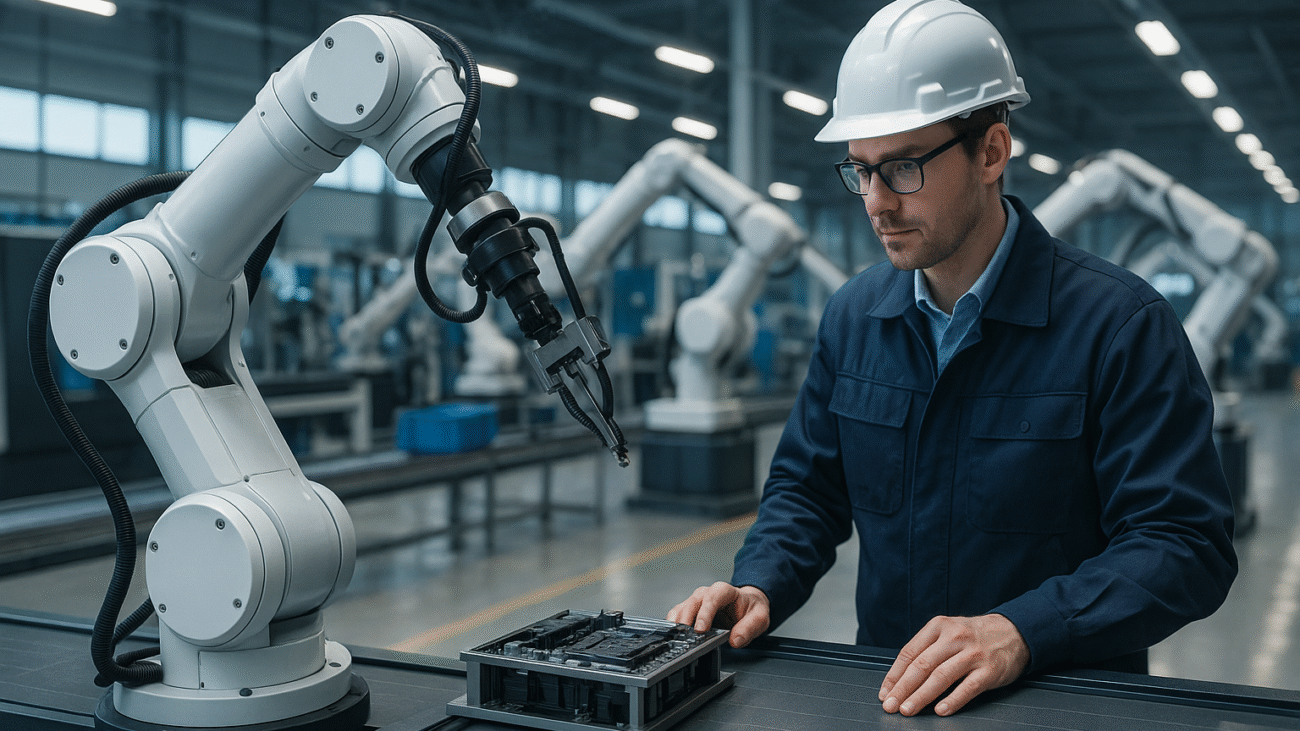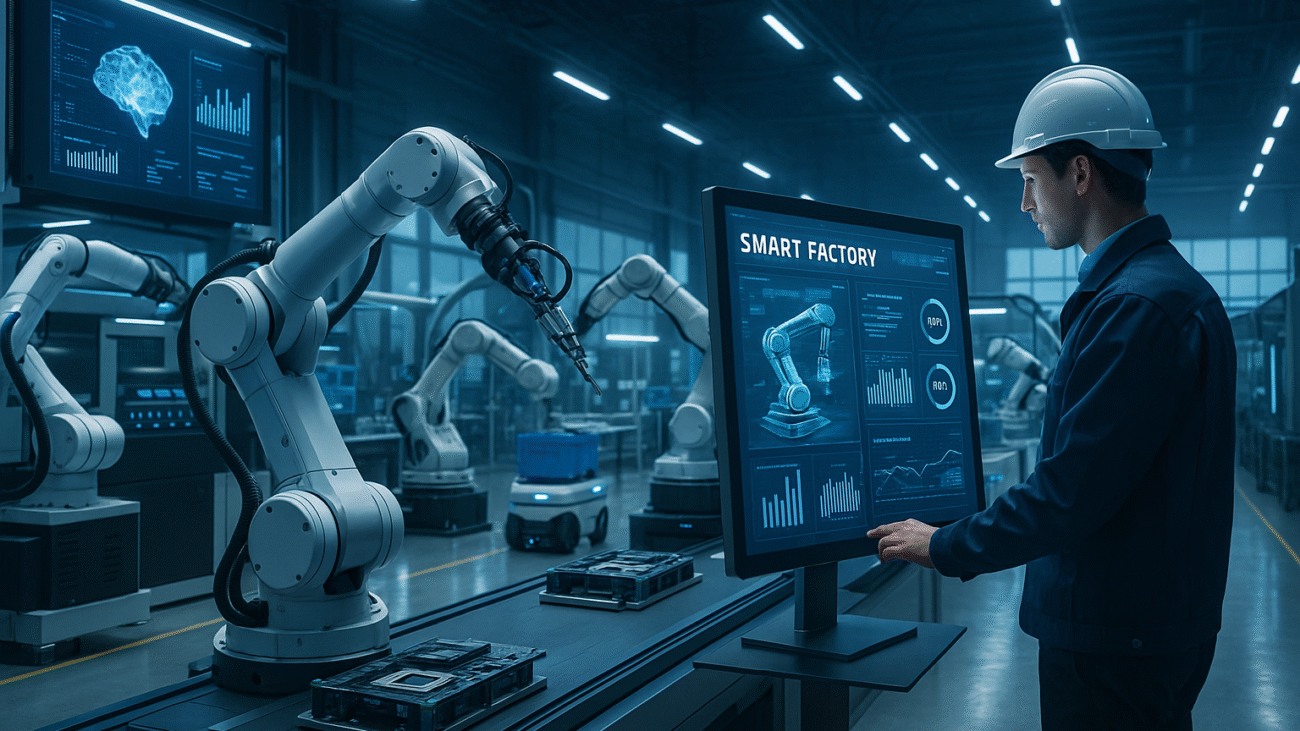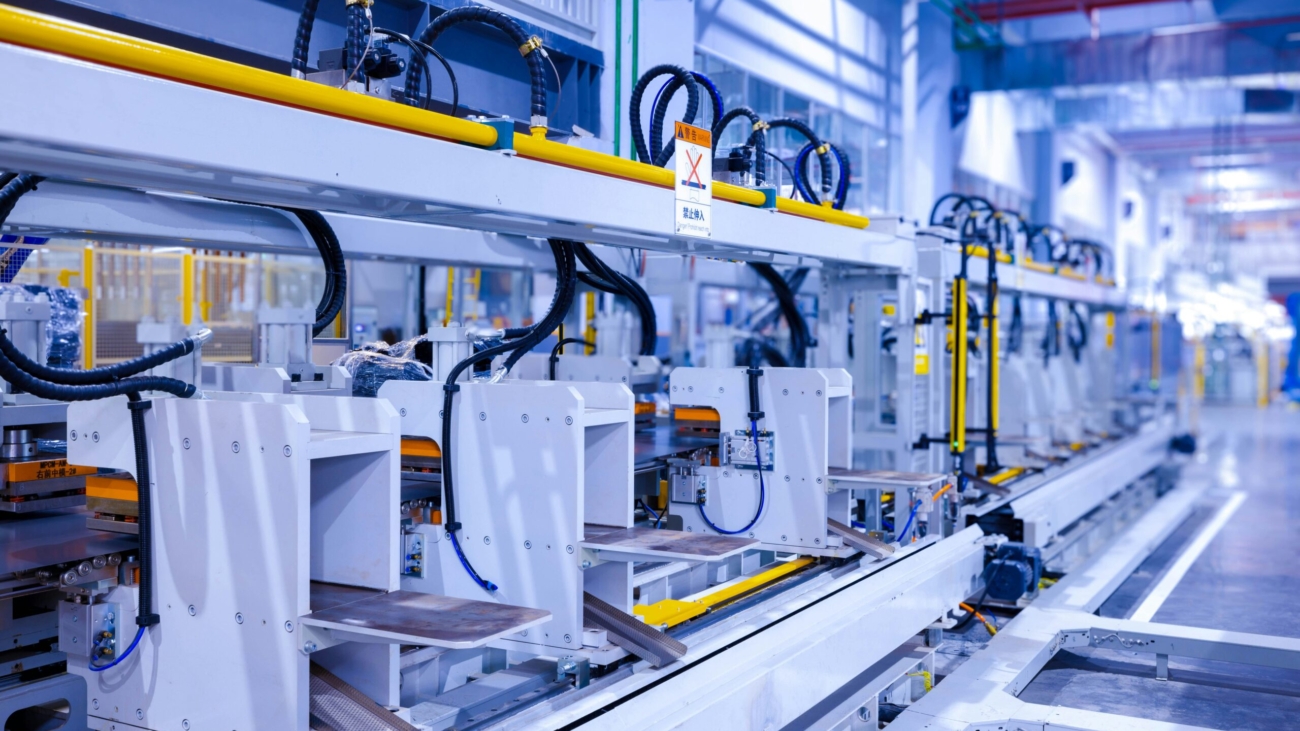Malaysia’s packaging sector is moving fast. Rising e-commerce, stricter quality standards, labour pressures, and sustainability demands are pushing manufacturers to replace legacy machines with smarter, motion-driven systems. So, what’s driving this transformation, and how is it reshaping packaging lines across Malaysia? Let’s dive in together.
Tariffs and Technology: What They Mean for Malaysia’s Automation Industry
In recent years, Malaysia’s manufacturing sector has been on a determined march toward greater automation and Industry 4.0 adoption. However, an underappreciated factor shaping this progress is trade policy, particularly tariffs, both on imports into Malaysia and on Malaysian exports.
For local manufacturers and technology adopters, understanding how these tariffs influence costs, supply chains, and investment decisions has become increasingly important. Let’s break down how tariffs are shaping Malaysia’s automation journey.
Why PLC Programming Is the Best Language for Automation
When it comes to industrial automation, Programmable Logic Controllers (PLCs) stand out as the backbone of modern factories, assembly lines, and critical infrastructure. While many programming languages exist for automation, PLC programming remains the most reliable, versatile, and widely adopted option in industry.
Will Cobots Replace Workers, or Help Them?
If you’ve been following automation trends, you might have come across a new buzzword: cobots. Cobots, short for collaborative robots, are not like the traditional industrial robots you see fenced off behind safety barriers. Instead, they are specifically designed to work safely alongside human operators, sharing the same workspace without needing to be separated.
6 Core Skills That Will Shape the Future of Smart Manufacturing
The future of factories and engineering isn’t just about robots and AI. It’s about people with the right skills to build and run these systems.
Doing Less, Achieving More: How Automation Gave Jobs New Purpose
Ever since the emergence of Industry 4.0, the rise of automation sparked fear in many workers from different industries. People worried that robots and machines would replace their roles, leaving them without jobs or direction. But as automation becomes more common, a surprising truth is emerging: instead of taking jobs away, automation is helping workers find new meaning and motivation in what they do.
By handling repetitive, physical, or low-value tasks, automation allows people to focus on work that requires human creativity, decision-making, and collaboration. For instance, tasks like data entry, machine loading, manual inspections, or routine administrative work, that were once a major part of many jobs, can now be done faster and more accurately by machines.
Automation Without Risk: How to Keep Workers Safe Around Robots
As robots become a normal part of factories, warehouses, and even offices, ensuring safety is critical, not just for people, but for the machines and the business. If not managed properly, robotic systems can cause accidents, downtime, or even damage to products. But with the right steps, we can create environments where humans and robots work together smoothly and safely.
From Microsoft to Tech Hub: Malaysia’s Bold Leap into Automation and AI
Malaysia is rapidly positioning itself as a regional leader in automation and artificial intelligence (AI), with a series of ambitious initiatives designed to transform its digital economy, boost productivity, and create future-ready jobs. With strong support from global tech giants like Microsoft and a new partnership with Singapore, the country is preparing for a smarter and more automated future.
Smart Factories Explained: The Tech Behind Industry 4
In today’s fast-changing world, the way factories operate is going through a major transformation. This shift is part of what’s called Industry 4.0—a new era of manufacturing powered by smart technology. At the heart of this revolution are smart factories, which are more efficient, connected, and intelligent than traditional factories.
What Makes a Factory “Smart”?
A smart factory uses digital technologies to automate and optimise its processes. It combines machines, people, and data to work together in real-time. These factories can “think” and “learn” by collecting and analysing data, allowing them to make decisions on their own or alert humans when something needs attention.

